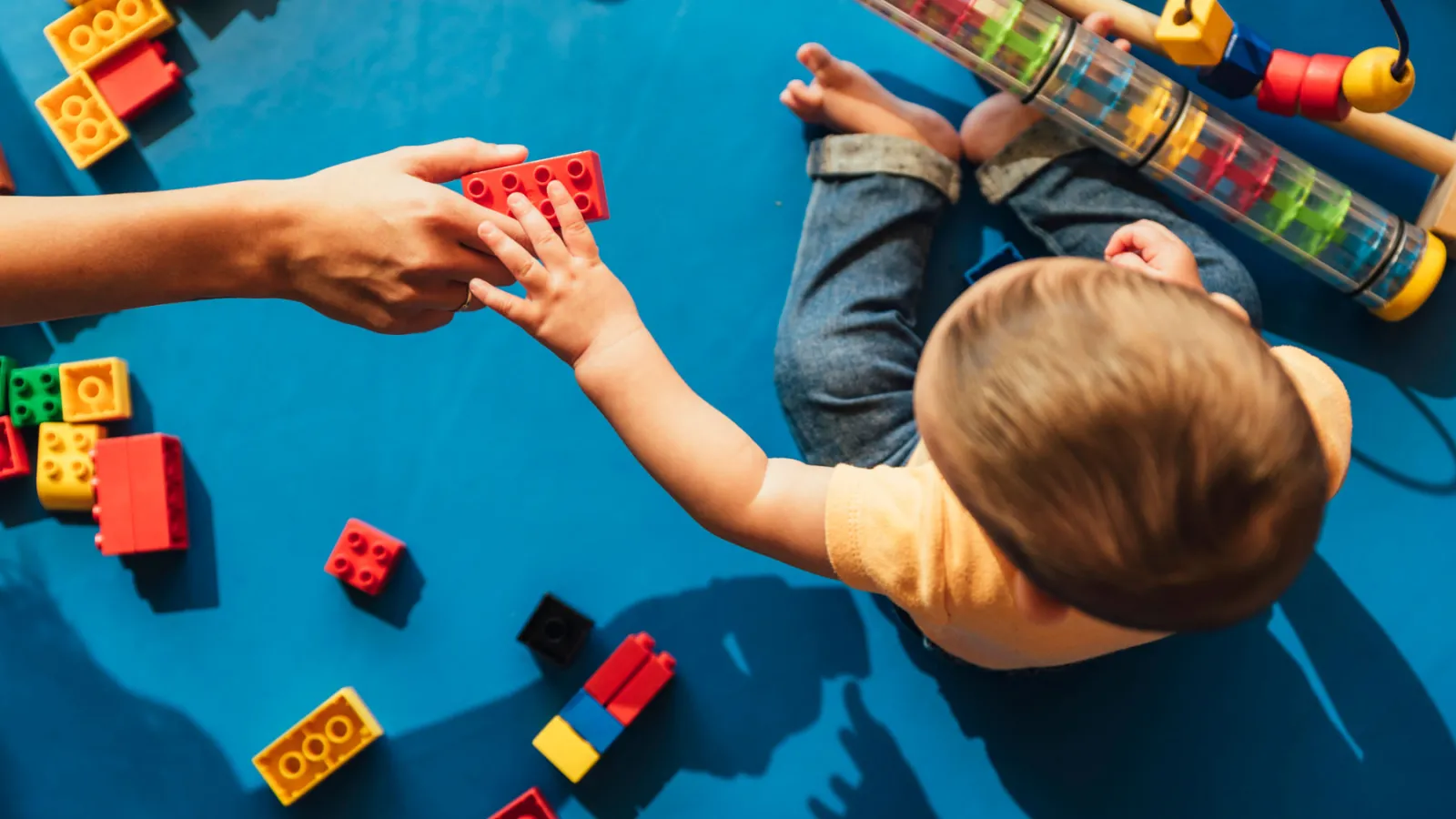Banner

Title
resources
Resource Library
Our Resource Library contains materials and assistance for early childhood educators and those they serve. Explore our selection of podcasts, tip sheets, websites, documents, and self-study courses.
Results: Page 16 of 35
| Resource Name | Description | Resource Type |
|---|---|---|
| Fraser | Fraser serves children of all abilities under age six and children over six and adults with special needs. Services include Fraser School (an inclusive preschool), Fraser Child & Family Center children's mental health services), Fraser Rehabilitation Services, Fraser Home based Services and Fraser Residential Services. | Website |
| FREE Lead-Safe Toolkit | The new Lead-Safe Toolkit for Home-Based Child Care can help family child care providers reduce lead hazards. Lead can be found in water, paint, soil, dust, and commonly found consumer products. The FREE Toolkit offers a range of resources including a poster and worksheets that provide easy-to-follow steps for finding out if lead hazards exist within a family childcare home and what to do to reduce exposures. | Website |
| Frère Jacques, are you sleeping? | Virtually all new parents quickly discover that a lullaby will in fact help an infant unwind, but they might be surprised to learn that babies aren’t fussy about the language. Researchers at Harvard’s Music Lab have determined that American infants relaxed when played lullabies that were unfamiliar and in a foreign language. | Website |
| Fududeynta Fahamka Caafimaadka Madaxa (Demystifying Mental Health) | Dhacdadan (af Soomaaliga ah) Bureeqo Dahir, CICC Coach kaa ah, iyo martida gaarka ah Marian Hassan waxay ka wada hadlayaan muhiimadda fahamka Caafimaadka Maskaxda iyo baahida loo qabo isgaarsiinta iyo macluumaadka wadaagga mowduucan muhiimka ah. Waxay sidoo kale sharraxaan sida Caafimaadka Maskaxda u saameeyo dhinac kasta oo nolosheena ah - shucuur, cilmi nafsi, iyo wanaag bulsho; sida aan dareemeyno, u fikirno, u dhaqanno, una xiriirno kuwa kale. In this episode (in Somali) Bureeqo Dahir, CICC Coach, and special guest Marian Hassan discuss the importance of understanding Mental Health and the need for communication and information sharing around this important topic. They also explain how Mental Health affects every aspect of our lives- emotional, psychological, and social well-being; how we feel, think, behave, and relate to others. | Podcast |
| Grieving and Growing: Helping Families Navigate Bereavement Together | Join Sesame Workshop and leading experts for this webinar on childhood grief. This webinar will explore the latest research-based information in the childhood bereavement space, approaches families can take to help young children communicate and cope with their grief, and resources available to support young children and families on their grief journey. | Website |
| Grocery Store Adventures | Child Care Aware of America created: Fun Brain Building Activities™ for Young Children are your child’s #1 brain-builder! Did you know that the brain develops the most rapidly in the first five years of life? You can support this growth by spending quality time with your child and participating in fun activities that help their brain develop. Try counting, identifying colors, grouping items into categories, and naming fruits and vegetables while you shop. Explore these Vroom Tips™ below during your next shopping trip! | Website |
| Guías de conversación sobre factores protectores | Las Guías de conversación sobre factores de protección se crearon para ayudar a los proveedores de servicios a involucrar a los proveedores de cuidado en conversaciones personalizadas sobre los factores de protección. Cada guía (una para cada uno de los seis factores de protección) consta de un conjunto de dos documentos: una guía para proveedores de servicios y una hoja de trabajo para proveedores de cuidado. Estas pueden usarse durante conversaciones individuales, como parte de una actividad estructurada para un grupo más grande, o en entornos presenciales o virtuales.Después de una breve introducción sobre el factor de protección, se anima a los proveedores de cuidado a completar cada hoja de trabajo y relacionar el factor de protección con las circunstancias y metas únicas de su familia. | Website |
| H is for Hope | For both kids and grown-ups, hope can be a powerful force in healing from trauma. | Document |
| Head Start - Teacher Time Video Series | The Teacher Time series provides [from HeadStart.gov]teachers and family child care providers with content knowledge and teaching practices related to child development. | Website |
| Healthy Children | HealthyChildren.org is the only parenting website backed by 66,000 pediatricians committed to the attainment of optimal physical, mental, and social health and well-being for all infants, children, adolescents, and young adults. Whether you're looking for general information related to child health or for more specific guidance on parenting issues, you've come to the right place. Here, you'll find information regarding the American Academy of Pediatrics (AAP) many programs and activities, our policies and guidelines, our publications and other child health resources, as well as much, much more. Best of all, you can rest assured that the information comes from the nation's leading child health experts and that we have scientific research supporting our recommendations. | Website |
Results: Page 16 of 35